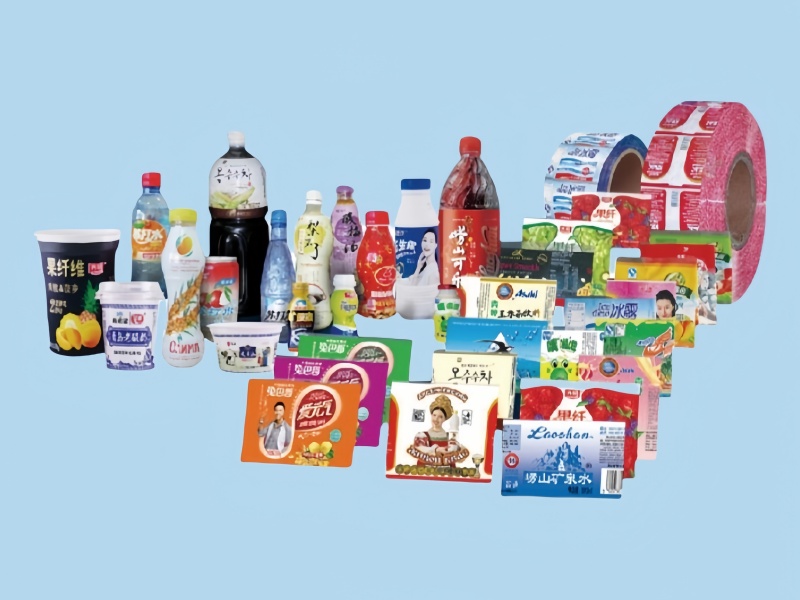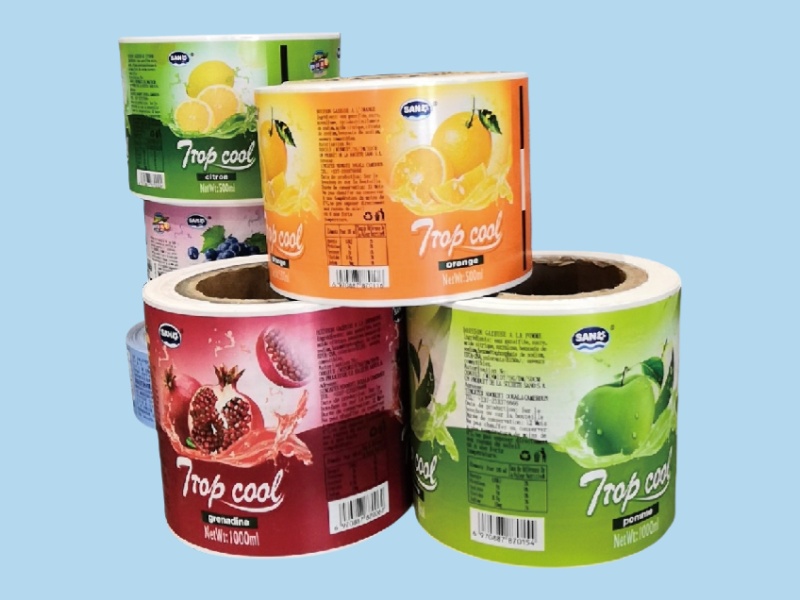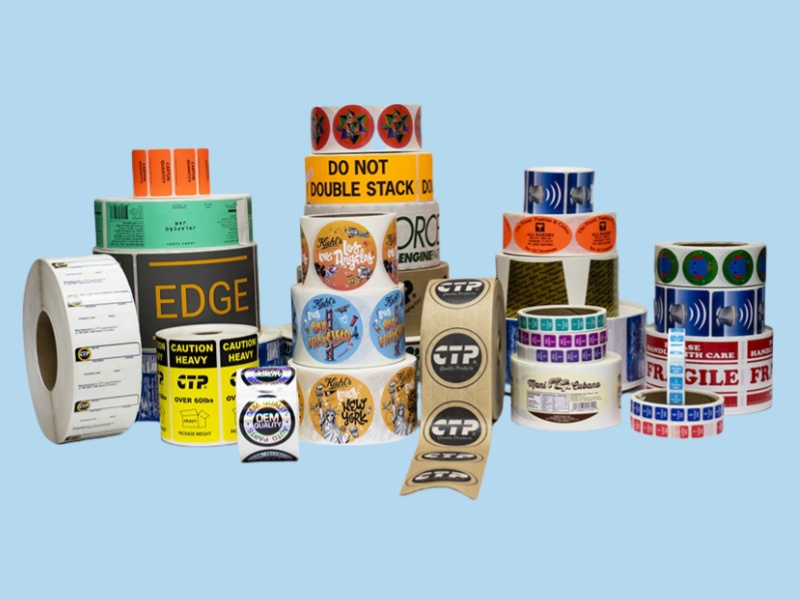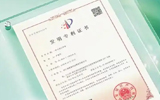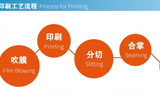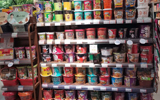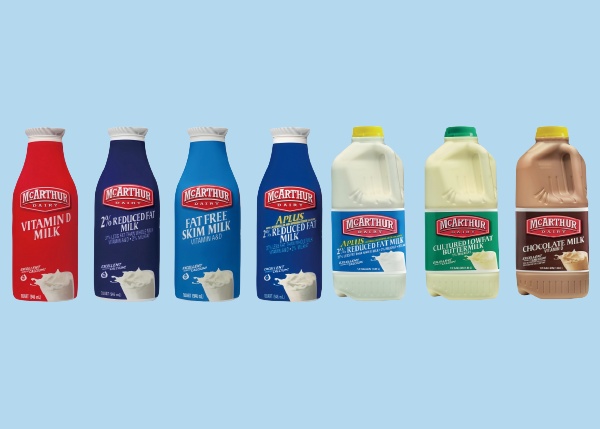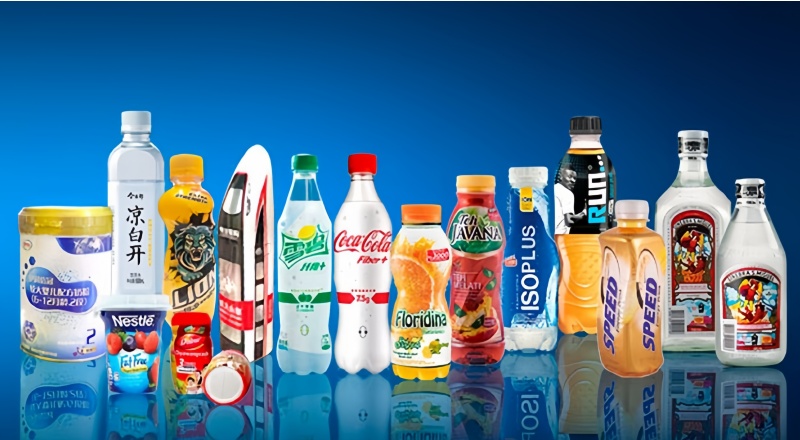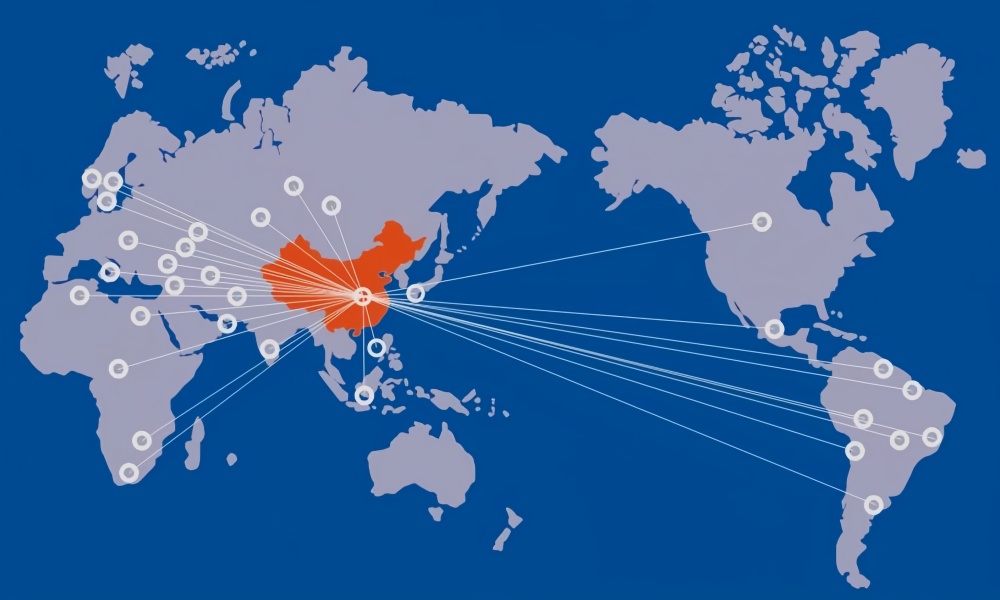The post-processing techniques for shrink sleeves are mainly used to enhance functionality, improve aesthetics and add value. The core can be divided into three categories: surface decoration, functional enhancement and special forming. The specific techniques should be selected based on product positioning and industry requirements.
1. Surface decoration techniques: Enhance visual texture
These techniques mainly act on the surface of the shrink sleeve, attracting consumers by changing the appearance effect. They are commonly used in fields such as cosmetics and high-end beverages where the packaging appearance level is highly demanded.
Lamination: A transparent film (divided into glossy film and matte film) is covered on the surface of the printed film. The glossy film can enhance the glossiness of the shrink sleeve, making the patterns brighter; the matte film presents a low-key matte texture, with a more delicate touch, and can also prevent scratches and wear.
Hot stamping / hot foil stamping: Using heat pressure technology, metal foils (gold, silver, laser gold, etc.) are transferred to the designated positions on the shrink sleeve. This technique can create metallic luster text or patterns, significantly enhancing the high-end feel of the packaging, and is often used to highlight key information such as brand logos and key selling points.
UV spot varnishing: UV varnish is applied locally on the surface of the shrink sleeve and quickly cured by ultraviolet light. The cured area will form a raised glossy effect, which can emphasize specific patterns (such as product textures, text) and increase the surface three-dimensionality and wear resistance.
Embossing / debossing: Through the pressure of a mold, embossed or debossed textures (such as brand logos, patterns) are pressed on the surface of the shrink sleeve. No additional ink is needed, and the tactile difference is achieved only through physical embossing, suitable for packaging designs that pursue a simple and high-end feel.
2. Functional enhancement techniques: Meet special needs
These techniques focus on the practicality of the shrink sleeve, solving problems such as anti-counterfeiting, easy tearing, and information traceability. They are widely used in industries with high safety requirements such as pharmaceuticals, health products, and food.
Anti-counterfeiting techniques: Special technologies are used to add anti-counterfeiting properties to the shrink sleeve. Common forms include three types. The first is the use of thermochromic or photochromic inks, where the printed patterns change color with temperature (such as color change when heated) or light angle (such as showing color under sunlight). The second is adding QR codes / traceability codes, allowing consumers to scan and verify the authenticity and production information of the product. The third is using laser anti-counterfeiting films, presenting laser patterns on the shrink sleeve, which are difficult to replicate.
Easy-tear line processing: Continuous fine grooves (easy-tear lines) are pressed on the cylindrical shrink sleeve. Consumers can easily tear open the shrink sleeve along the easy-tear line without the need for tools, improving convenience. It is often used in packaging that needs to be opened frequently, such as beverage bottles and condiment bottles.
Hole punching: Small holes are punched at designated positions on the shrink sleeve (such as the bottle mouth, the side of the bottle). There are two main functions. One is that when the shrink sleeve is heated and shrinks, the small holes can release the internal air, avoiding the formation of bubbles and wrinkles. The other is that for some products (such as aerosol cans), specific functions (such as hanging holes) can be achieved through the small holes.
3. Special forming techniques: Adapt to special packaging
These techniques are designed for irregular containers or special usage scenarios, adjusting the shape or structure of the shrink sleeve to ensure a good fit and user experience. They are often seen in personalized packaging designs.
Irregular cutting techniques: Breaking away from traditional rectangular or circular cutting, the edges of the shrink sleeve are cut into irregular shapes (such as wavy edges, curved edges) according to the shape of the container (such as the arc of the bottle neck, the groove on the bottle body). After shrinking, it can be completely adhered to the container, avoiding edge lifting and enhancing the integrity of the overall packaging.
Split easy-tear opening technique: In addition to the longitudinal easy-tear line on the rolled cylindrical shrink sleeve, "small triangles" or "notches" are added at the transverse cutting positions as easy-tear openings. During automated shrink sleeve application, the machine can quickly locate through the easy-tear opening, and it is also convenient for consumers to find the starting point for tearing when opening.
Composite techniques: Two films with different properties are combined through adhesives to form a shrink sleeve base material that combines the advantages of both materials. For instance, by laminating PET film with EVOH film, it is possible to retain the environmental friendliness and shrinkability of PET while enhancing the barrier properties of the shrink sleeve label (oxygen and moisture resistance) through EVOH, making it suitable for food packaging that requires long-term preservation. If you need more specific suggestions on processing techniques, such as "Which post-processing techniques are suitable for cosmetic shrink sleeves?" or "What anti-counterfeiting techniques must be applied to pharmaceutical shrink sleeves?", I can help you compile a post-processing technique recommendation table for shrink sleeves by industry. Do you need it?


